Tensions between the United States and Iran are once again escalating, this time with a strategic military base in the Indian Ocean at the center of concern. Diego Garcia, a joint U.S.-UK base located about 700 kilometers south of the Maldives, has reportedly been identified by Iran as a possible target if hostilities break out.
According to reports from The Telegraph and Defence Security Asia, Iranian military leaders have been instructed to prepare for a preemptive strike on the base. This follows the recent deployment of B-2 Spirit stealth bombers by the United States. These aircraft are capable of carrying nuclear and conventional weapons, and their presence has been viewed by Tehran as a significant threat.
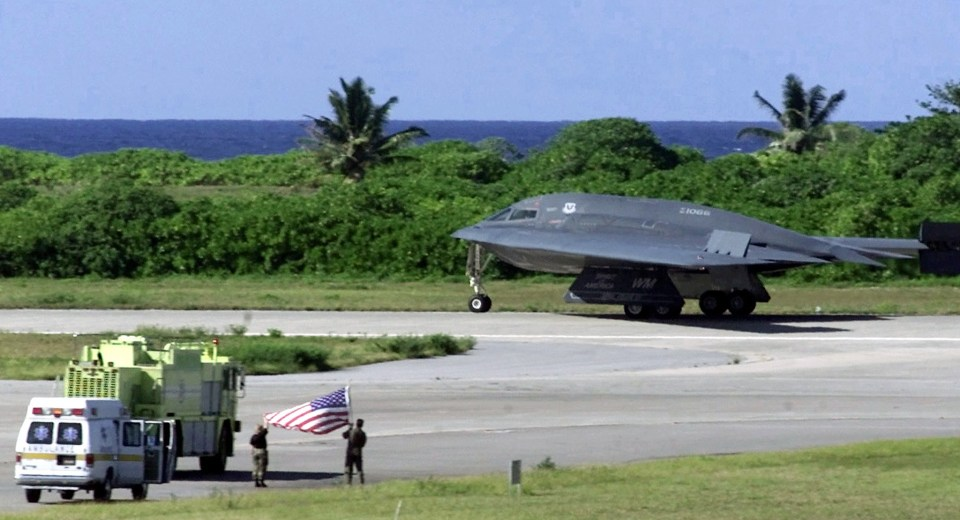
Iranian officials, including Supreme Leader Ayatollah Ali Khamenei, have warned that any U.S. aggression will be met with a “strong reciprocal blow.” Iranian state media suggests that ballistic missiles and suicide drones could be used to strike Diego Garcia if provoked.
Although the Maldives is not directly involved in this conflict, its close proximity to Diego Garcia raises serious concerns about potential indirect impacts.
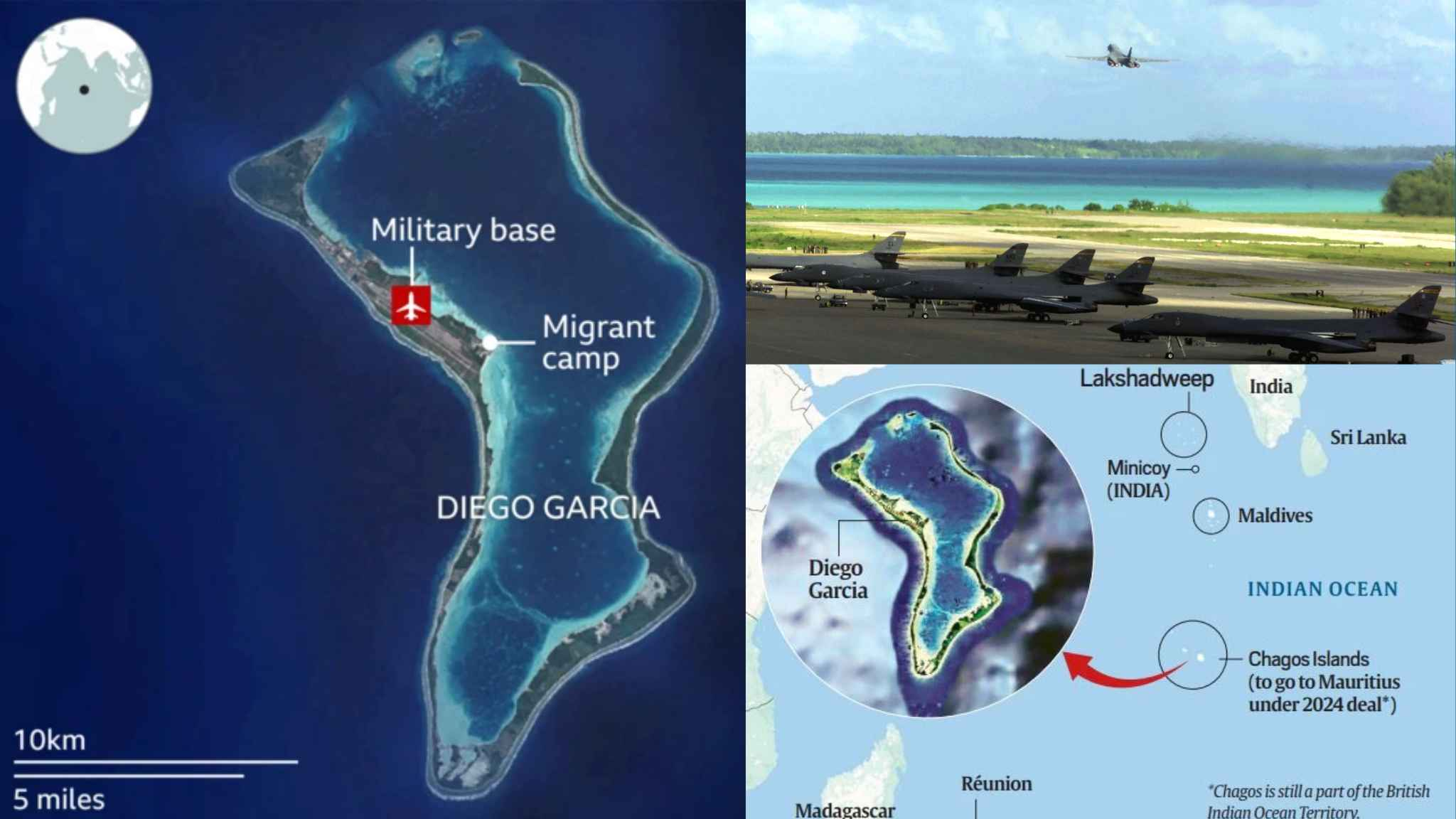
If Iran carries out a strike, one of the most immediate risks for the Maldives is airspace safety. Missile trajectories could pass over or near Maldivian airspace. If intercepted, missile fragments or debris could fall into the sea—or worse, onto inhabited islands—posing a risk to civilian lives and aviation routes.
There are also maritime security concerns. The Maldives depends on stable sea routes for importing essential goods like food and fuel. Military conflict in the central Indian Ocean could cause shipping delays, rerouting of cargo and tourist vessels, and general disruption to trade and tourism. Cruise liners and airlines may avoid the region altogether, which would impact the country’s key economic sectors.
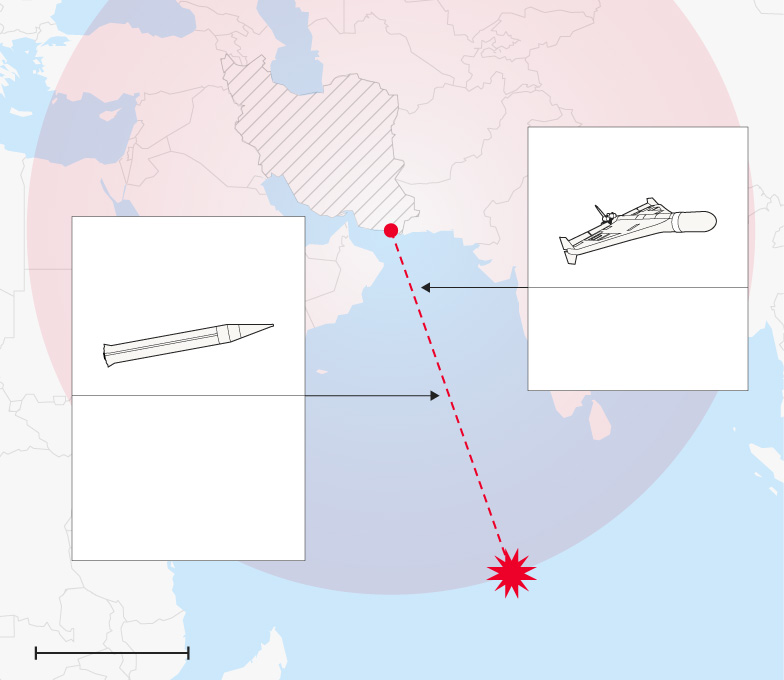
Another serious concern is environmental fallout, especially if any form of nuclear weapon is used. Experts warn that even a limited nuclear exchange could lead to global cooling, reduced rainfall, and damaged ecosystems. For a low-lying island nation already facing climate-related challenges, this could affect freshwater availability, marine biodiversity, and food security.
In a wider conflict, the Maldives could also face humanitarian pressures, including potential refugee movements from nearby regions or demands for international assistance.
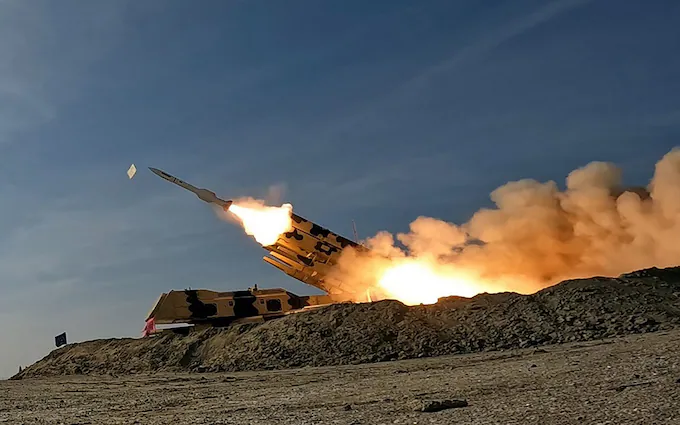
While no direct threat has been made against the Maldives, its location places it close to a potential flashpoint. Regional experts say the government should remain vigilant, work with international partners, and prepare for any emergency scenarios.
This unfolding situation is a reminder that even peaceful, neutral nations like the Maldives can feel the effects of distant geopolitical tensions—especially when they lie near strategic locations like Diego Garcia.


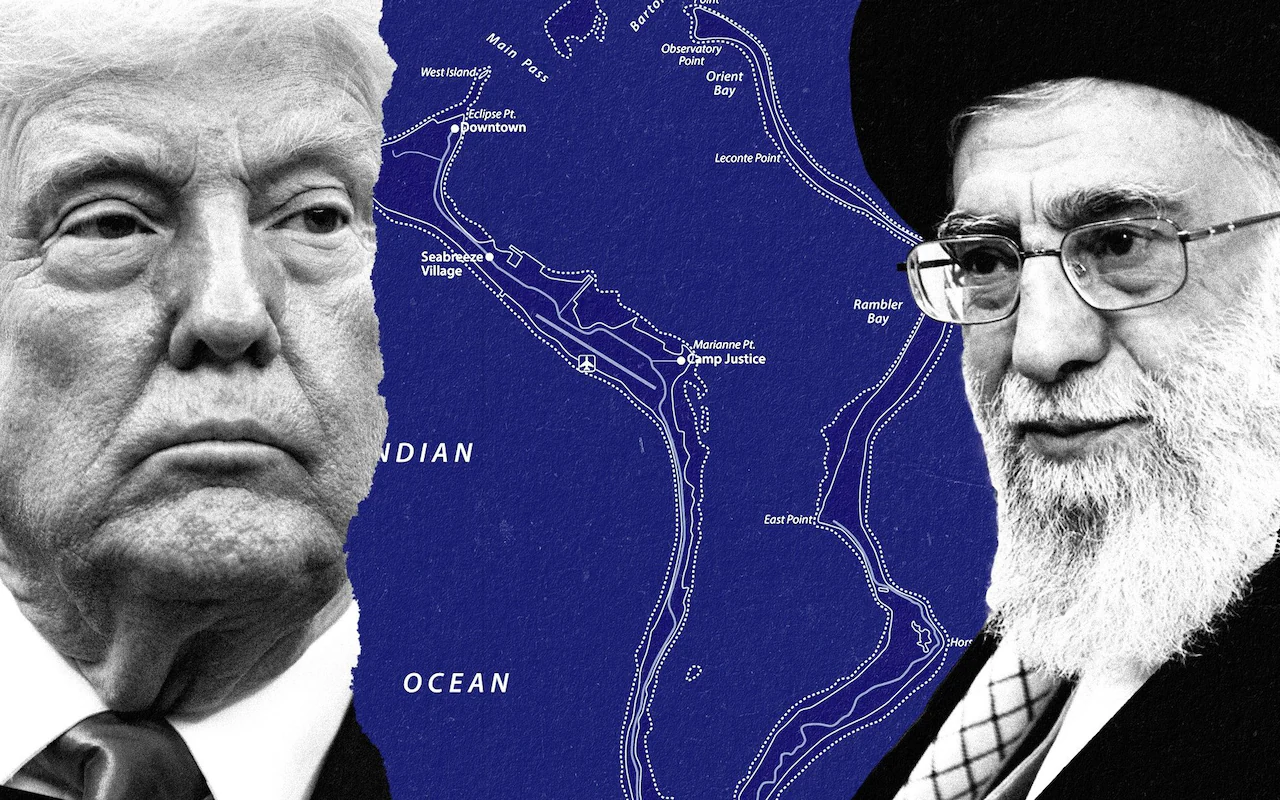





POST